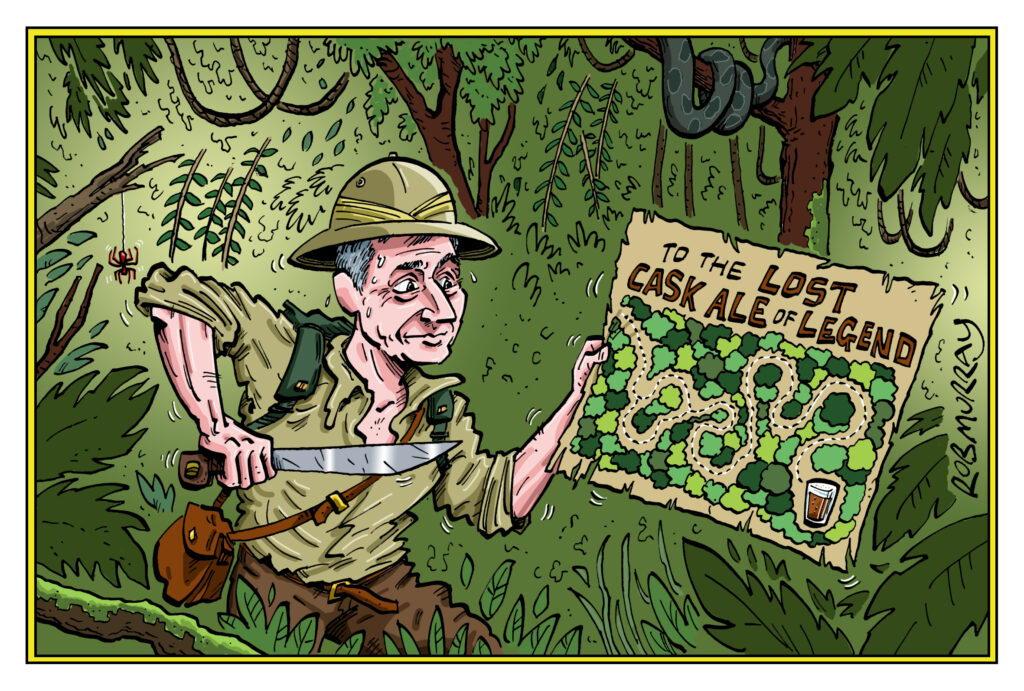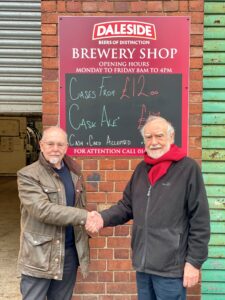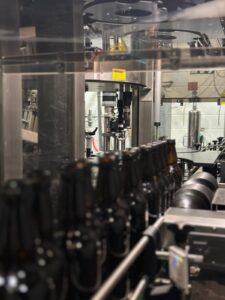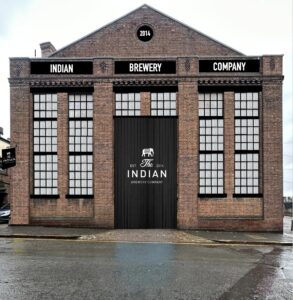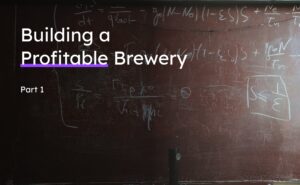The cask beer landscape changed a great deal during john keeling’s career in beer. But since retiring from his role at fuller’s, he remains concerned with the challenges facing this beloved beverage type.
I started my brewing career with Wilsons way back in the 70’s before joining Fuller’s in 1981. There have been lots of changes in the brewing industry since then, of course, and some for these are for the better and some for the worse.
The change that disappoints me most is the decline in cask beer sales. According to the British Beer & Pub Association, cask beer in 2021 accounted for just 4.3 percent of overall beer sales, and around 15 percent of draft sales.
Sales have nearly halved in the past eight years — cask made up 8.3 percent of overall sales in 2015. Sadly cask beer is fast becoming, if not already become, a niche product brewed only by specialist brewers and sold in specialist pubs.
But what did cask beer sales and production look like in 1981. When I first joined Fuller’s as a junior brewer, I had to spend six months training. This training was to learn every job in the brewery and spending time with our raw material suppliers.
This training was an immense help to me throughout my career and I enjoyed it greatly. One of the jobs I had to do was to spend a week on the cask line.
In those days we racked three main brands: ESB, London Pride and Chiswick Bitter. ESB and Pride were available in barrels (288 pints), kilderkins (144 pints) and firkins (72 pints), Chiswick was in kilderkins and firkins only. We also did a mild Hock in cask as well, but this became keg only due to slow sales.
Most of our pubs sold all three cask beers, some only had two. Throughput was high with very few beers falling foul of the three days rule (cask was only allowed to be on tap for three days).
Indeed, it was not unusual to send a barrel of Pride out on Monday and get the empty back Friday. Considering that the beer took 24 hours to drop bright this was good going.
We had a dedicated team of trade quality advisors and cellar service engineers under the control of a brewer Phillip Jeffery who later became assistant head brewer as well. We only had 120 pubs in those days so keeping control of them was much easier than when I became head brewer, and we had 400 pubs. So, a very firm control was kept on beer quality and training was regular and in-house.
So, beer quality was well managed by a combination of regular inspection, training and beer throughput. I consider them the keystones to good cask beer. So, what of today’s quality? Well, if you walk around the cask line at Fuller’s today, you will see London Pride, ESB and seasonal beers all being produced.
No Chiswick though. What you will not see is 36-gallon barrels and only rarely will you see kilderkins of London Pride, nowadays it is all firkins with thoughts turning to pins as well.
That is because throughput is down in pubs. Nobody wants to sell large containers of cask beer, they simply do not have the turnover.
Training continues at Fuller’s, and it is done in-house. However, pubs are reluctant to send staff on training even when it is free. Lack of staff and time are given as the reasons. I would add lack of will, too. What of the free trade, where do they get their training and who pays for it? Good free trade landlords and managers sort this, and bad ones don’t.
Inspection of pubs by trade quality advisors continues but if it is not your pub then how is it enforced becomes the problem.
In my time this was a problem the best pub chains and free trade pubs would deal with this. However, I now think this has become worse since I retired with beer quality suffering.
So, throughput is down, inspections are less rigorously enforced, training is intermittent. How can this be changed. Has anybody got any ideas?

